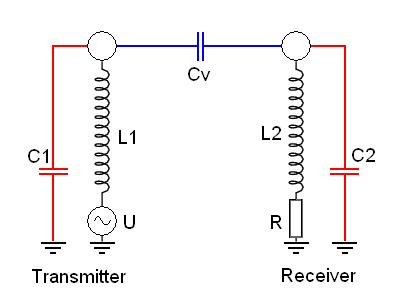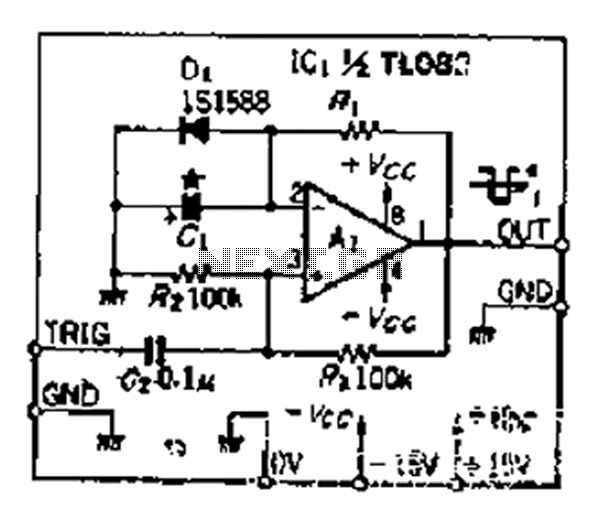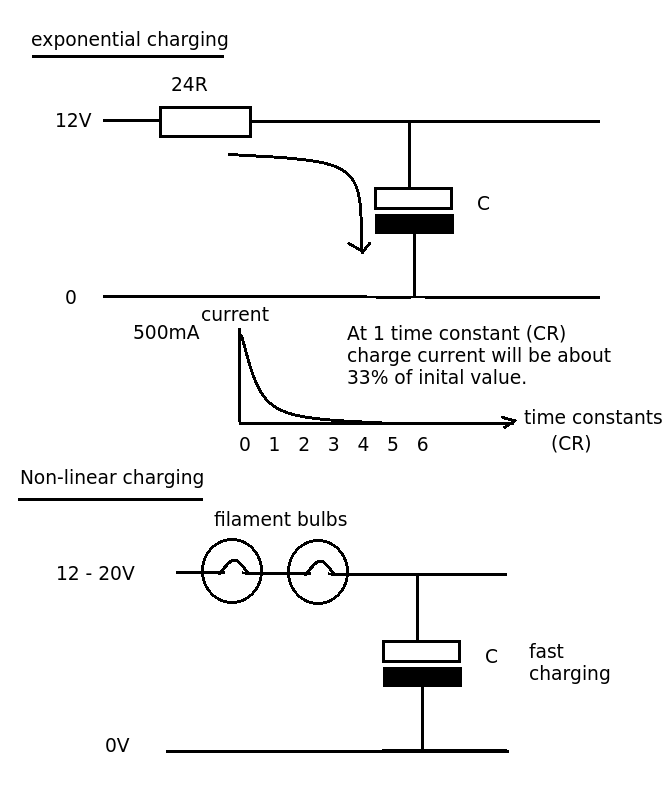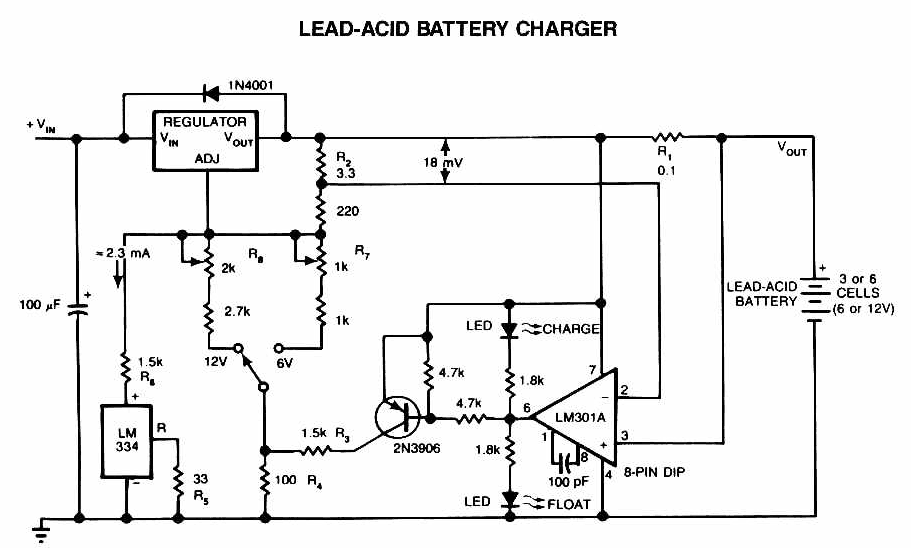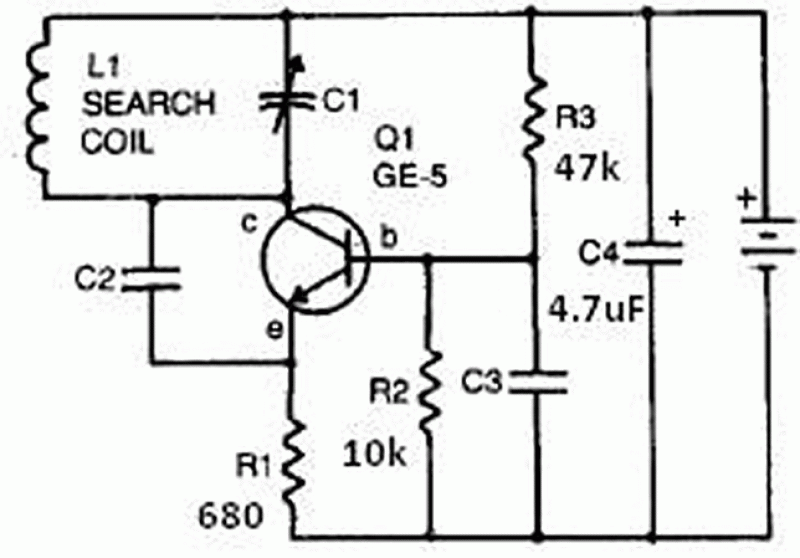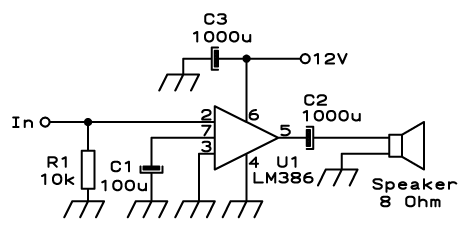
Dynamic Microphone Preamplifier using C945 transistor

This circuit utilizes three transistors (2SC945, 2C1815, or 2SC828) as the primary components, functioning as a typical low-noise transistor amplifier. It offers a gain of approximately 200 to 300 times and has a frequency response ranging from 50Hz to 100KHz. The circuit is intended for use with an old microphone, which requires a preamplifier to enhance audio output. After researching various circuits, this particular design has proven effective, being low-cost and utilizing transistors. A recommended option is the CanaKit UK494 Dynamic Microphone Pre Amp, which is available as an assembled module or DIY kit. This guide aims to provide assistance in implementing the circuit.
The described circuit employs three transistors, which are essential for achieving a high gain while maintaining low noise characteristics. The choice of transistors, such as the 2SC945, 2C1815, or 2SC828, is crucial as they are widely recognized for their reliability in audio applications. Each transistor is configured in a common emitter arrangement, which is standard for amplifying low-level audio signals from microphones.
The overall gain of 200 to 300 times indicates that this circuit is well-suited for applications where the input signal is weak, such as from a dynamic microphone. The frequency response of 50Hz to 100KHz ensures that the circuit can handle a broad range of audio frequencies, making it appropriate for various audio applications, including music and speech amplification.
To integrate this circuit with an older microphone, a preamplifier stage is necessary to boost the microphone's output to a level suitable for further amplification. The inclusion of a preamp will significantly enhance the sound quality and ensure that the audio signal is robust enough for processing.
The recommendation of the CanaKit UK494 Dynamic Microphone Pre Amp provides an alternative for those who may prefer a ready-made solution or a DIY kit. This module is designed to work seamlessly with dynamic microphones and offers an accessible means of achieving high-quality audio amplification without extensive electronic knowledge.
In summary, this circuit design serves as an effective low-noise amplifier for dynamic microphones, suitable for various audio applications. Its affordability and simplicity make it an attractive option for hobbyists and professionals alike.It use the three transistor (2SC945, or 2C1815 or 2SC828) is main Which typical transistor amplifier with a low noise this circuit, too. There are about 200-300 times the gain. The frequency response is 50Hz to 100KHz. I have an old microphone, I want to make play with common amplifier. It does not sound much. Must to use pre amp before. I search a lot of circuits, see this circuits it very well for me, low cost, use transistor. I would recommend a CanaKit UK494 Dynamic Microphone Pre Amp (Assembled Module). It is a DIY Kits available for use. I hope this guide is helpful for you. 🔗 External reference
The described circuit employs three transistors, which are essential for achieving a high gain while maintaining low noise characteristics. The choice of transistors, such as the 2SC945, 2C1815, or 2SC828, is crucial as they are widely recognized for their reliability in audio applications. Each transistor is configured in a common emitter arrangement, which is standard for amplifying low-level audio signals from microphones.
The overall gain of 200 to 300 times indicates that this circuit is well-suited for applications where the input signal is weak, such as from a dynamic microphone. The frequency response of 50Hz to 100KHz ensures that the circuit can handle a broad range of audio frequencies, making it appropriate for various audio applications, including music and speech amplification.
To integrate this circuit with an older microphone, a preamplifier stage is necessary to boost the microphone's output to a level suitable for further amplification. The inclusion of a preamp will significantly enhance the sound quality and ensure that the audio signal is robust enough for processing.
The recommendation of the CanaKit UK494 Dynamic Microphone Pre Amp provides an alternative for those who may prefer a ready-made solution or a DIY kit. This module is designed to work seamlessly with dynamic microphones and offers an accessible means of achieving high-quality audio amplification without extensive electronic knowledge.
In summary, this circuit design serves as an effective low-noise amplifier for dynamic microphones, suitable for various audio applications. Its affordability and simplicity make it an attractive option for hobbyists and professionals alike.It use the three transistor (2SC945, or 2C1815 or 2SC828) is main Which typical transistor amplifier with a low noise this circuit, too. There are about 200-300 times the gain. The frequency response is 50Hz to 100KHz. I have an old microphone, I want to make play with common amplifier. It does not sound much. Must to use pre amp before. I search a lot of circuits, see this circuits it very well for me, low cost, use transistor. I would recommend a CanaKit UK494 Dynamic Microphone Pre Amp (Assembled Module). It is a DIY Kits available for use. I hope this guide is helpful for you. 🔗 External reference
